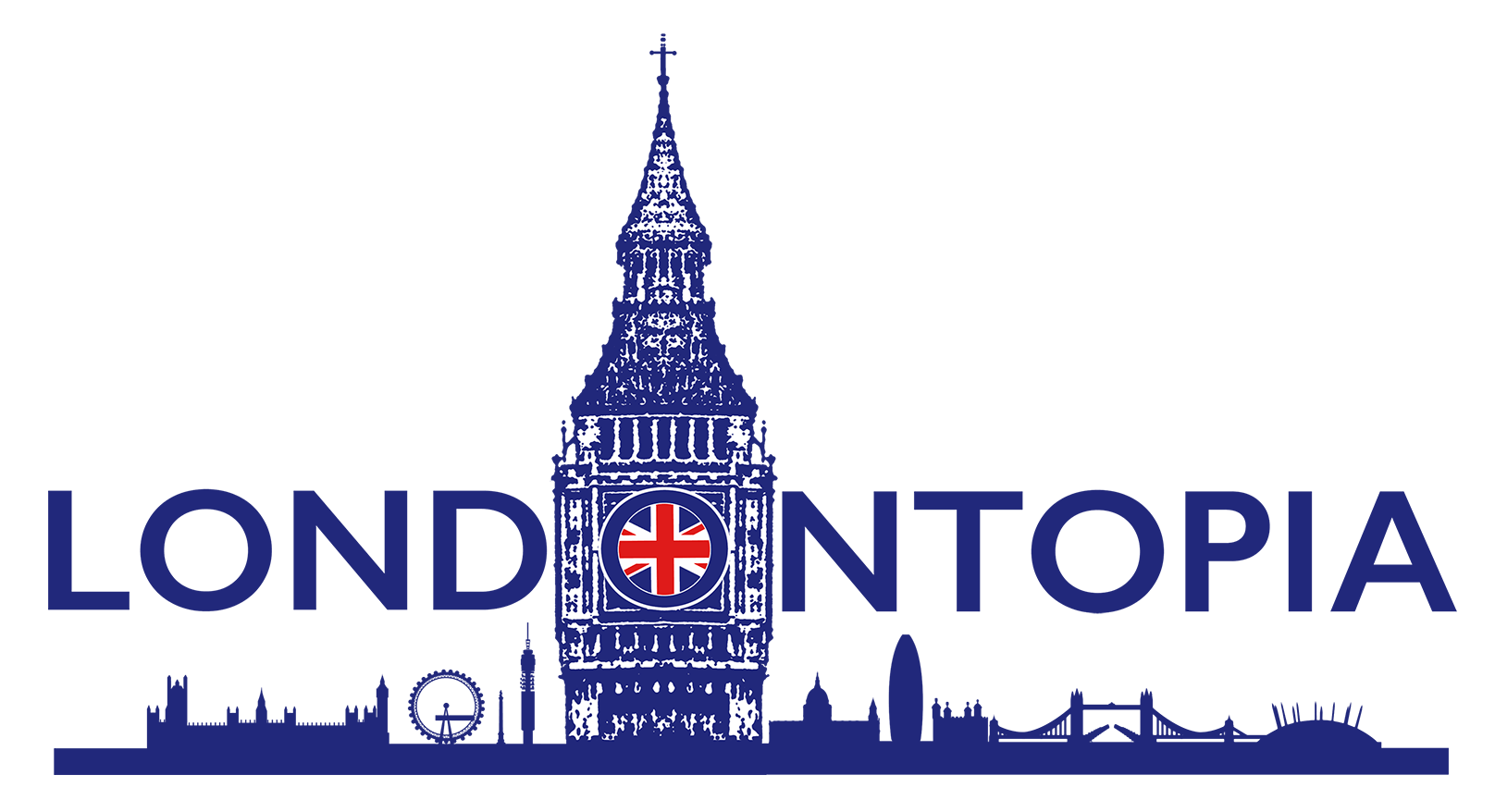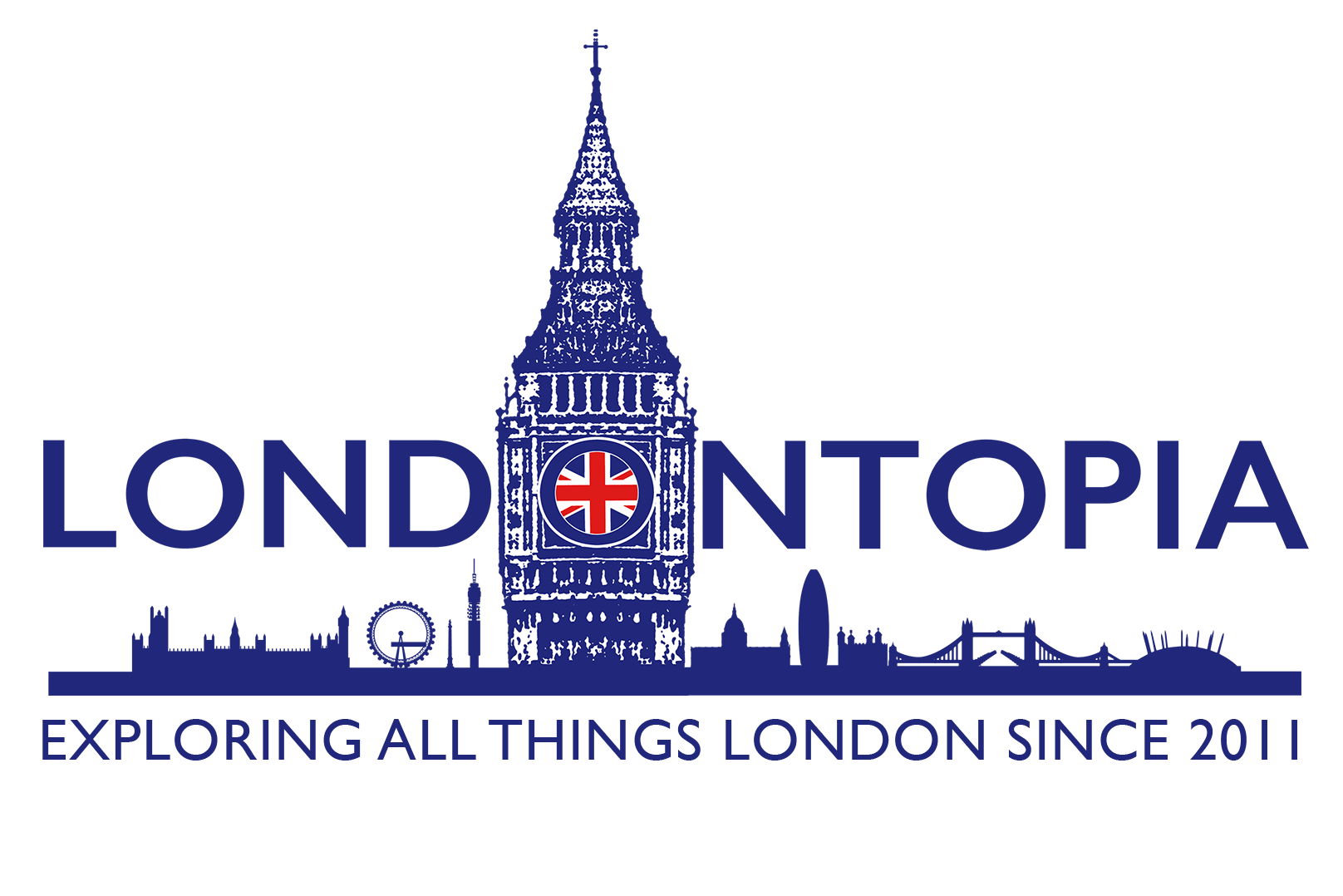Standing majestically over the Thames like a Gothic cathedral transformed into a bridge, Tower Bridge represents the perfect marriage of Victorian engineering prowess and architectural grandeur. Since its opening in 1894, this magnificent structure has become London’s most recognizable landmark after Big Ben, its twin towers and distinctive bascule design creating one of the world’s most photographed and beloved bridges.
Tower Bridge embodies the spirit of Victorian London at its zenith—a time when the city was the beating heart of the world’s largest empire and engineering innovation knew no bounds. The bridge was born from necessity: as London’s East End exploded with growth in the 19th century, the need for a new Thames crossing became critical. Yet the solution had to be extraordinary, allowing both road traffic and the massive cargo ships that powered Britain’s commercial dominance to coexist in the busy Pool of London.
What makes Tower Bridge truly iconic is not just its functional brilliance but its theatrical presence. The Gothic Revival towers, clad in Cornish granite and Portland stone, were deliberately designed to complement the nearby Tower of London, creating a harmonious medieval fantasy that masks cutting-edge Victorian technology. When the bascules rise to allow ships to pass, the bridge transforms into a living piece of theater, drawing crowds of spectators to witness this mechanical ballet that has been performed over 250,000 times since the bridge’s opening.
The Story Behind the Icon
The story of Tower Bridge begins with a Victorian crisis of success. By the 1870s, London’s rapid expansion had created a massive population east of London Bridge—over one million people equivalent to the combined populations of Manchester and Liverpool. These residents faced a daily ordeal crossing the Thames, with journeys taking up to two hours on foot or requiring costly ferry rides.
In 1876, the Special Bridge or Subway Committee was founded to develop ideas, and a public contest to choose a design for the new bridge was held. Over 50 ideas were offered for evaluation to the Committee, ranging from high-level crossings requiring spiral ramps to elaborate subway systems. The challenge was immense: how to build a bridge downstream from London Bridge without disrupting the vital river traffic that sustained London’s role as the world’s greatest port.
The breakthrough came from an unlikely collaboration between Sir Horace Jones, the City Architect, in collaboration with Sir John Wolfe Barry, who offered the winning design in October 1884. Jones, who had designed Smithfield Market, brought architectural vision, while Barry—son of Charles Barry, architect of the Houses of Parliament—provided engineering expertise. Their solution was revolutionary: a combined bascule and suspension bridge that could lift its central span to allow tall ships to pass while maintaining elegant fixed approaches for everyday traffic.
Construction took place between 1886 and 1894, requiring an enormous commitment of resources and human effort. It took eight years, five major contractors and the relentless labour of 432 construction workers each day to build Tower Bridge. The project demanded innovative engineering solutions at every turn. Two piers, containing over 70,000 long tons of concrete, were sunk into the riverbed to support the construction, while skilled divers worked in the murky Thames depths for the extraordinary wage of £10 per minute—equivalent to £1,000 per minute today.
The bridge’s most remarkable feature was its hydraulic lifting mechanism. When it was built, Tower Bridge was the largest and most sophisticated bascule bridge ever completed. The system used steam-powered pumping engines to store energy in six massive accumulators, ensuring that as soon as power was required to lift the Bridge, it was always readily available. Despite the complexity of the 800-ton bascules, the bascules only took 60 seconds to raise to their maximum angle of 86 degrees.
The architectural treatment was as important as the engineering. More than 11,000 long tons of steel were used in the framework for the towers and walkways, which were then clad in Cornish granite and Portland stone to protect the underlying steelwork, and achieve the stipulation that the bridge should fit architecturally with the Tower of London. This Gothic Revival clothing transformed what could have been a purely industrial structure into a romantic medieval fantasy that perfectly captured Victorian sensibilities.
Tragically, the bridge’s designer, Horace Jones, dies. He’s seen his iconic bridge take shape, but will never admire the finished product in 1887. Barry continued the work, ensuring that Jones’s vision was faithfully realized.
Tower Bridge was officially opened on 30 June 1894 by the Prince and Princess of Wales in a ceremony that “few [pageants] have been more brilliant or will have a more abiding and historic interest”. The project’s final cost of £1,184,000 (equivalent to £170 million in 2023) represented an enormous public investment, but Londoners immediately embraced their new landmark.
Why It Became Iconic
Tower Bridge achieved iconic status through a unique combination of functional brilliance, architectural drama, and perfect timing. Unlike purely decorative monuments, Tower Bridge was a working bridge that Londoners encountered in their daily lives, watching ships pass through its raised bascules and marveling at the mechanical precision of its operation.
The bridge’s Gothic Revival styling, deliberately designed to harmonize with the Tower of London, created an immediate emotional connection. Where other Victorian bridges might have emphasized their modernity, Tower Bridge wrapped cutting-edge technology in romantic medieval clothing, creating a structure that felt both timelessly ancient and thrillingly contemporary.
The bridge’s theatrical qualities proved irresistible to the public imagination. The dramatic lifting of the bascules—initially occurring up to 50 times per day during the height of London’s maritime trade—transformed the bridge into living spectacle. This mechanical performance, visible from considerable distances, drew crowds of spectators and created countless opportunities for dramatic photography and artistic representation.
Tower Bridge also benefited from arriving at the perfect moment in media history. The rise of photography, picture postcards, and illustrated newspapers meant that images of the bridge could be rapidly distributed worldwide. Its distinctive silhouette—instantly recognizable even in simple line drawings—made it ideal for reproduction on everything from tourist souvenirs to official emblems.
The bridge’s location amplified its iconic status. Positioned at the historic heart of London, surrounded by the Tower of London, the City’s medieval street pattern, and the bustling Thames, Tower Bridge became the natural symbol of London’s unique blend of ancient history and modern achievement. Foreign visitors approaching London by ship encountered Tower Bridge as their first glimpse of the capital, cementing its role as London’s gateway and welcome mat.
Cultural Impact and Modern Legacy
Tower Bridge’s cultural influence extends far beyond its engineering significance. Benjamin Crisler, the New York Times film critic, wrote in 1938: “Three unique and valuable institutions the British have that we in America have not: Magna Carta, the Tower Bridge and Alfred Hitchcock.” This remarkable statement, placing Tower Bridge alongside fundamental constitutional documents and cinematic genius, demonstrates how completely the bridge had captured the international imagination.
The bridge has appeared in countless films, television shows, and works of literature, often serving as visual shorthand for London itself. From early 20th-century newsreels to modern blockbuster movies, Tower Bridge’s dramatic profile has provided filmmakers with an instantly recognizable symbol of British achievement and London’s grandeur.
In contemporary culture, Tower Bridge continues to adapt and surprise. In 2014: Tower Bridge installs a glass floor on the walkway, for daring visitors to stroll over/jump up and down on, creating a thrilling new visitor experience that capitalizes on the bridge’s height and drama. The bridge has also hosted yoga classes, musical performances, and art installations, proving that Victorian engineering can successfully accommodate 21st-century cultural programming.
The bridge remains a working structure, with Tower Bridge is still, by law, required to prioritise river traffic over those using the road. So if you have a vessel over 9m tall, you can request a bridge lift for any time of day or night. Just give them 24 hours notice. This continuing functionality—rather than mere preservation as a monument—keeps Tower Bridge alive as a dynamic part of London’s infrastructure.
Tower Bridge has become one of London’s iconic structures and a key feature of the city skyline. You can see its image used on the likes of a London Marathon kitbag, a BT phonecard and many other souvenirs, demonstrating its continued commercial and cultural relevance.
The bridge’s enduring appeal lies in its ability to represent multiple aspects of British identity simultaneously: engineering excellence, architectural beauty, historical continuity, and practical functionality. In an age of increasing global homogenization, Tower Bridge stands as a distinctly London landmark that could exist nowhere else, embodying the city’s unique character and the Victorian spirit that created modern Britain.
For over 130 years, Tower Bridge has fulfilled its creators’ wildest ambitions, serving not merely as a river crossing but as a symbol of London’s ingenuity, ambition, and enduring appeal. As ships still pass beneath its raised bascules and millions of visitors continue to marvel at its Gothic towers, Tower Bridge proves that truly great architecture transcends its original purpose to become something far more precious: an irreplaceable piece of cultural heritage that helps define what it means to be part of this extraordinary city.
A Little Bit of London In Your Inbox Weekly. Sign-up for our free weekly London newsletter. Sent every Friday with the latest news from London!





We did the bridge tour the last time we were in London and it was a great experience. You stand on that glass floor and see the cars passing below you, and look up to the mirror ceiling and see yourself reflected, standing below on the glass floor with the view below you. The photo we took made for a wonderful souvenir and we used our photo on our Christmas card that year with an explanation of the remarkable view above and below with us standing in the middle!!